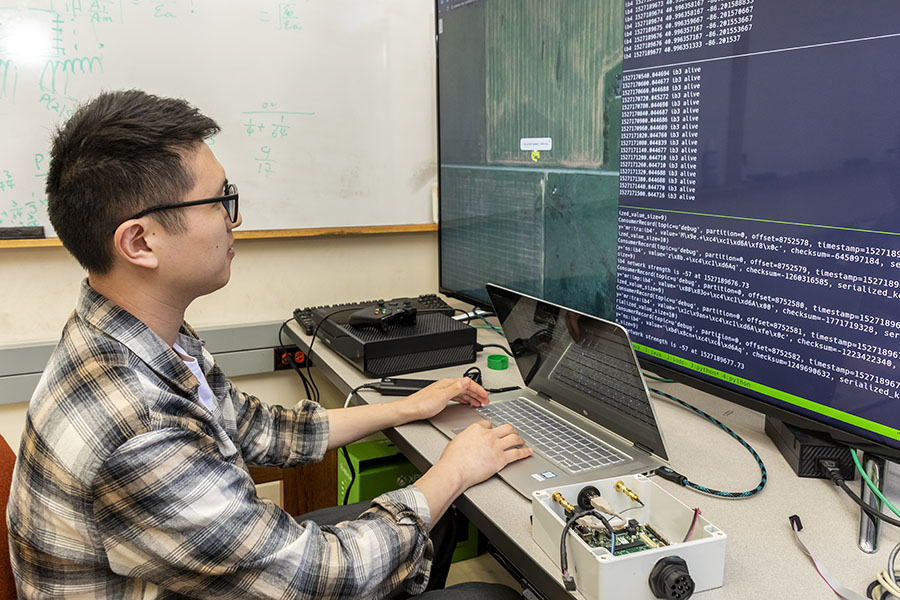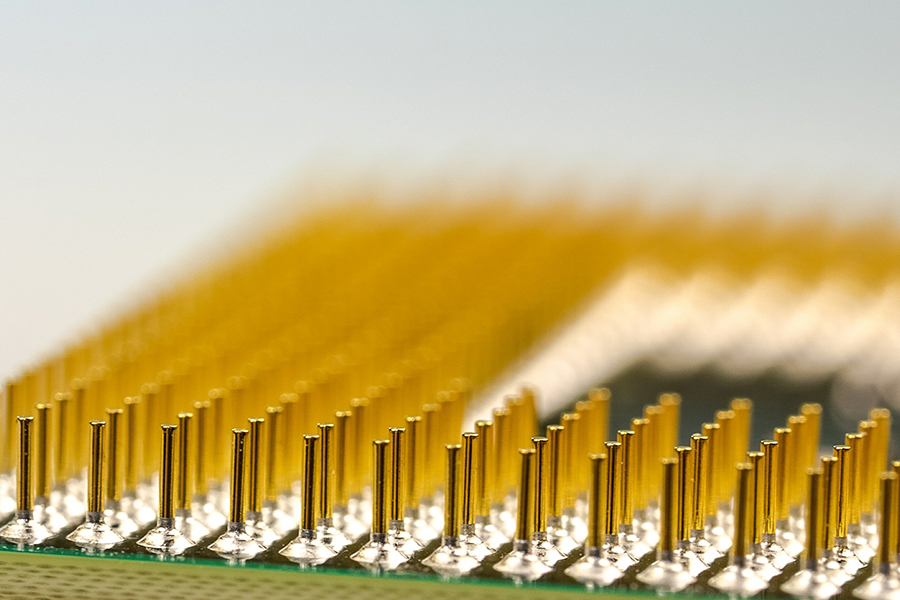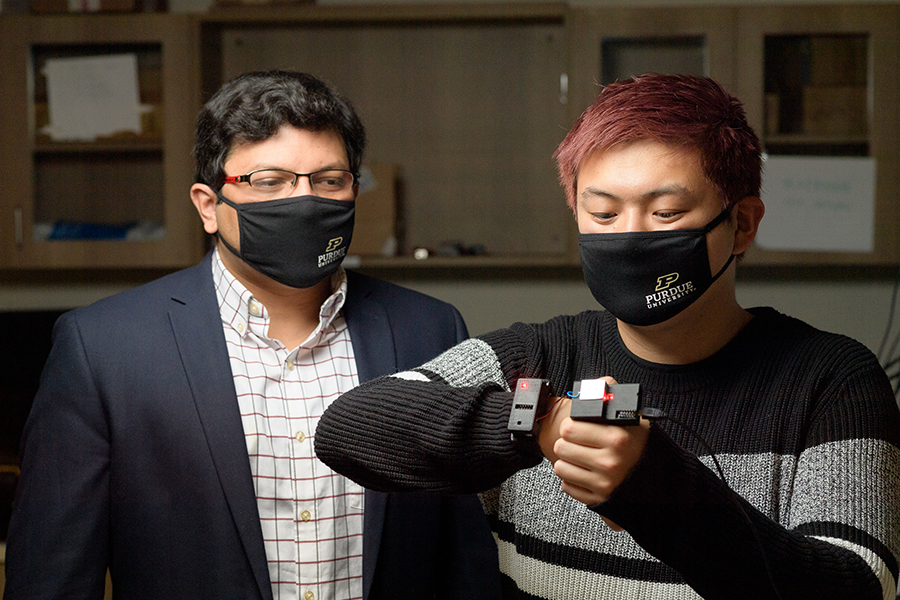Communications, Networking, Signal & Image Processing
The Communications, Networking, Signal & Image Processing (CNSIP) research area deals with the processing of information and signals that are part of our everyday lives. Applications include wireless mobile communications, radar, image processing, medical imaging, computer vision, speech recognition and synthesis, remote sensing, computer networking, and multimedia communication and processing. Research in these areas impact how we communicate with cellular phones and the Internet; the way that we travel using GPS and intelligent highways; how a machine automatically interprets and understands the visual world using images and videos; how we process the video, audio, and data that we communicate for personal entertainment and electronic commerce; and how virtual assistants recognize our voices and respond to our queries. Prospective students will be exposed to the latest research in this broad area. In addition to the topics above, this includes Information forensics, Machine learning, Computational imaging, Video analytics, 5G, millimeter waves, and Smart grid networking.



